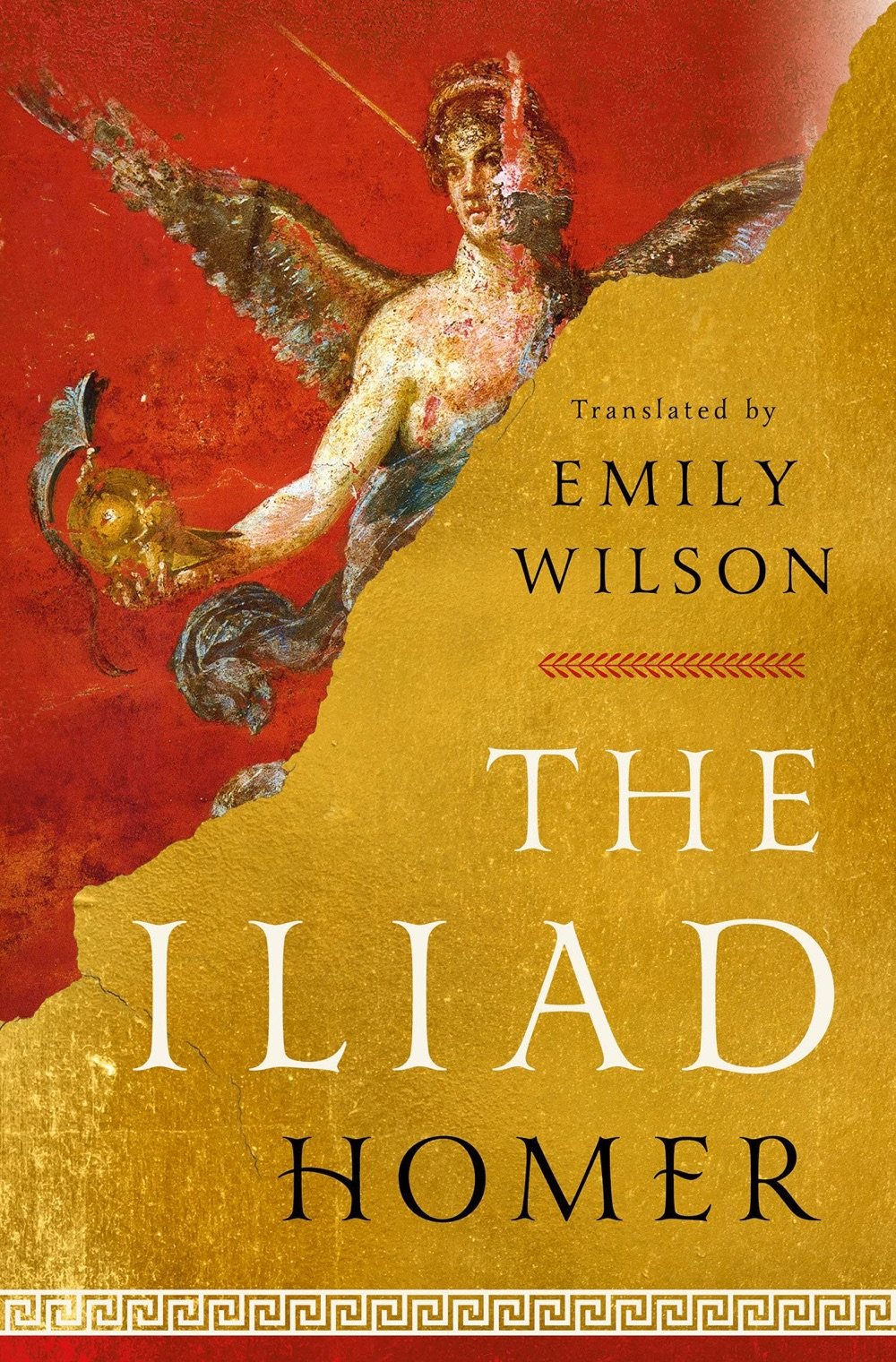
Emily Wilson’s eagerly-awaited translation of Homer’s Iliad will be out on September 26 and is finally available for pre-order! I loved her version of The Odyssey (I read it to my kids and we all got a lot out of it).
Wilson posts a lot about her process on Twitter but hasn’t said too much about the finished book yet, aside from this tweet back in February:
It feels bittersweet to be at the end of my eleven-year labor of love, creating verse translations of the Homeric epics. I’m working through Iliad proofs, and full of gratitude that I have had this magical opportunity, to work so closely for so long with these sublime poems.
I’m excited to read the complete Homeric epic in the fall! In the meantime, you can pre-order it at Amazon or Bookshop.org.

This is a map showing where all of the characters originated in Homer’s epic poem The Iliad. I know Greece is small by today’s standards, but it was surprising to me how geographically widespread the hometowns of the characters were. The Iliad is set sometime in the 11th or 12th century BC, about 400 years before Homer lived. I wonder if that level of mobility was accurate for the time or if Homer simply populated his poem with folks from all over Greece as a way of making listeners from many areas feel connected to the story — sort of the “hello, Cleveland!” of its time. (thx, adriana)
Update: I’ve gotten lots of feedback saying that not every character is represented in this map (particularly the women) and that some of the locations and hometowns are incorrect. Seems like Wikipedia might need to take a second look at it.
Update: The map was made using the Catalogue of Ships, a list of Achaean ships that sailed to Troy, and the Trojan Catalogue, a list of battle contingents that fought for Troy. That’s why it’s incomplete. An excerpt:
Now will I tell the captains of the ships and the ships in their order. Of the Boeotians Peneleos and Leïtus were captains, and Arcesilaus and Prothoënor and Clonius; these were they that dwelt in Hyria and rocky Aulis and Schoenus and Scolus and Eteonus with its many ridges, Thespeia, Graea, and spacious Mycalessus; and that dwelt about Harma and Eilesium and Erythrae; and that held Eleon and Hyle and Peteon, Ocalea and Medeon, the well-built citadel, Copae, Eutresis, and Thisbe, the haunt of doves; that dwelt in Coroneia and grassy Haliartus, and that held Plataea and dwelt in Glisas; that held lower Thebe, the well-built citadel, and holy Onchestus, the bright grove of Poseidon; and that held Arne, rich in vines, and Mideia and sacred Nisa and Anthedon on the seaboard.
(via @po8crg)







Stay Connected